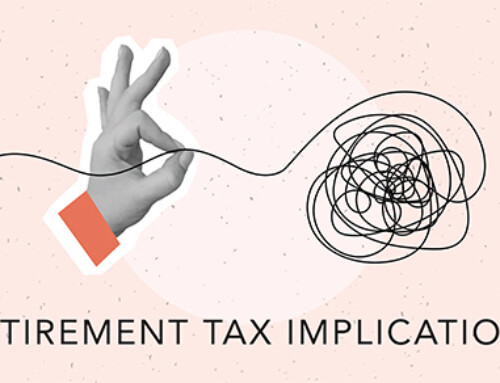After you reach age 70½, you must take annual required minimum distributions (RMDs) from your IRAs (except Roth IRAs) and, generally, from your defined contribution plans (such as 401(k) plans). You also could be required to take RMDs if you inherited a retirement plan (including Roth IRAs).
If you don’t comply — which usually requires taking the RMD by December 31 — you can owe a penalty equal to 50% of the amount you should have withdrawn but didn’t.
So, should you withdraw more than the RMD? Taking only RMDs generally is advantageous because of tax-deferred compounding. But a larger distribution in a year your tax bracket is low may save tax.
Be sure, however, to consider the lost future tax-deferred growth and, if applicable, whether the distribution could: 1) cause Social Security payments to become taxable, 2) increase income-based Medicare premiums and prescription drug charges, or 3) affect other tax breaks with income-based limits.
Also keep in mind that, while retirement plan distributions aren’t subject to the additional 0.9% Medicare tax or 3.8% net investment income tax (NIIT), they are included in your modified adjusted gross income (MAGI). That means they could trigger or increase the NIIT, because the thresholds for that tax are based on MAGI.
For more information on RMDs or tax-savings strategies for your retirement plan distributions, please contact us.





